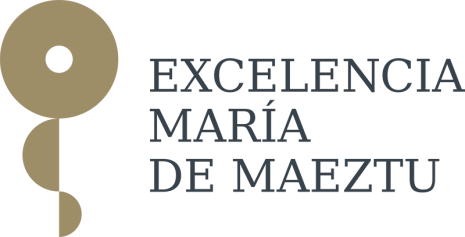Alfried Krupp Wissenschaftskolleg Greifswald
http://www.wiko-greifswald.de/
Organizers: Ines Kath (Greifswald), Thomas Leistner (Adelaide), Uwe Semmelmann (Köln)
Lorentzian, or more generally pseudo-Riemannian geometry as well as conformal geometry are branches of modern differential geometry. They are both related to Riemannian geometry, but their study involves essential differences to the study of (single) definite metrics. In particular, many of the arguments used in proofs of core-properties of Riemannian metrics are no longer applicable. As a consequence, there are still numerous open questions for both types of structures whose counterparts in the Riemannian situation are already part of a well-established theory.
A major source of interest for the study of Lorentzian or pseudo-Riemannian geometry comes from theoretical physics. The classic examples are 4-dimenional space-times in general relativity, which are modelled on Lorentzian manifolds. Pseudo-Riemannian metrics of higher index play an important role in recent developments of several branches of theoretical physics, in particular for supergravity and string theory. Conformal geometry appears prominently in classical physics, where many fundamental equations are conformally invariant. However, it is also a fundamental ingredient for models on the quantum level. A particularly interesting case is the AdS/CFT correspondence, which is one of the most active areas of research in string theory.
Both fields have seen remarkable advances in recent years and a number of those shall be discussed at the conference. Topics will include: holonomy theory for pseudo-Riemannian manifolds, global Lorentzian geometry, group actions on pseudo-Riemannian manifolds, aspects of conformal geometry, such as tractor calculus and conformal holonomy, Poincare-Einstein metrics and the Fefferman-Graham ambient metric construction, conformally invariant operators and analytic properties of the Laplace and Dirac-type operators.
Invited speakers:
Dmitri Alekseevsky (Hull)
Bernd Ammann (Regensburg)
Christian Bär (Potsdam)
Lionel Berard-Bergery (Nancy)
Andreas Cap (Wien)
Vicente Cortés (Hamburg)
Michael Eastwood (Canberra)
José Figueroa-O’Farrill (Edinburgh)
Anna Fino (Torino)
Charles Frances (Paris)
Anton Galaev (Brno)
Eduardo Garcia-Rio (Santiago de Compostela)
Paul Gauduchon (Palaiseau)
Rod Gover (Auckland)
Andreas Juhl (Uppsala/Berlin)
Andrei Moroianu (Versailles-St Quentin)
Pawel Nurowski (Polish Academy of Science)
Simon Salamon (King's College London)
Miguel Sanchez (Granada)
Andrew Swann (Aarhus)
Abdelghani Zeghib (Lyon)




 Visit our channel
Visit our channel
